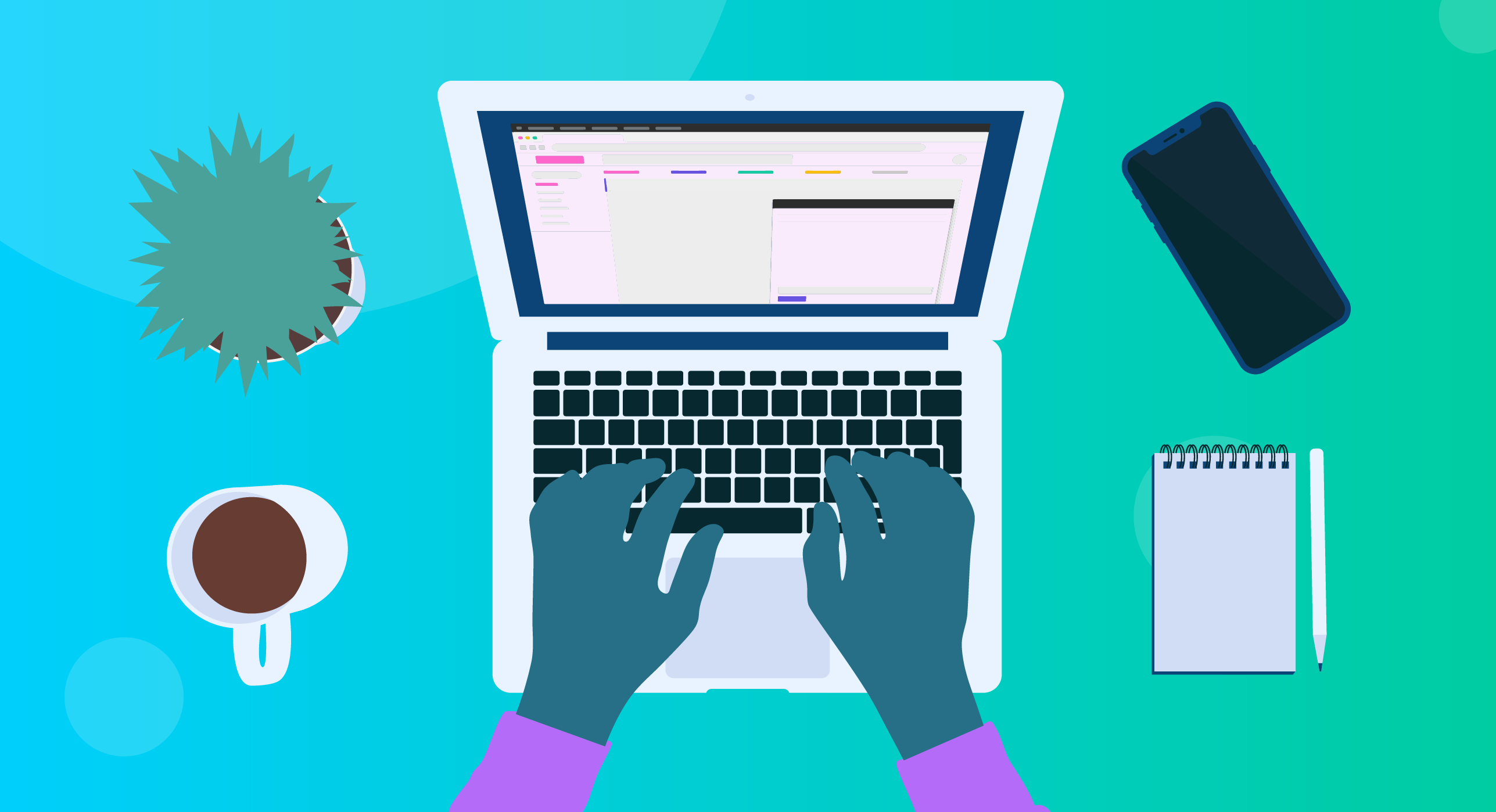Is navigating diagnosis codes part of your daily practice as a mental health professional? If so, we’ve got good news for you (and the cheat sheet you’ve been looking for!) Get your hands on the most commonly used ICD-10 mental health diagnostic codes, combine them with the magic of Power Diary, and your billing headaches will be a thing of the past.
What are ICD-10 Codes?
ICD stands for International Classification of Diseases. Health practitioners use ICD codes to report the causes of illnesses, and ICD-10 refers to the 10th and current revision of these codes as developed by the World Health Organization.
The WHO initially developed ICD codes for use during epidemics and pandemics. The codes support the functioning of payment systems, the planning of services, research, and the administration of quality and safety.
Each revision of the codes enables healthcare professionals to describe conditions more accurately, increasing the benefit of using them.

What do ICD-10 Codes Stand for?
ICD-10 codes consist of a letter followed by numbers. Here are some examples:
| G30 | Alzheimer’s Disease |
| F33.1 | Major Depressive Disorder, Recurrent, Moderate |
| Z63.0 | Problems in Relationship With Spouse or Partner |
How are ICD-10 Codes used in Mental Health?
Insurance billing is the biggest reason for using ICD codes, and it’s probably also why you’re reading this article. And, as everyone knows, correct billing is essential for maintaining positive cash flow, so it’s important to know which mental health diagnostic code to use for which condition.
ICD-10 Codes for Mental Health
The most commonly used ICD-10 codes for mental health disorders start with the letter F. For example, one of the most commonly billed conditions in the US is “generalised anxiety disorder” (F41.1). However, you may also encounter conditions that begin with G or Z.
The table below shows the classification of mental health disorders:
| F00-F09 | Organic, including symptomatic, mental disorders |
| F10-F19 | Mental and behavioural disorders due to psychoactive substance use |
| F20-F29 | Schizophrenia, schizotypal and delusional disorders |
| F30-F39 | Mood [affective] disorders |
| F40-F48 | Neurotic, stress-related and somatoform disorders |
| F50-F59 | Behavioural syndromes associated with physiological disturbances and physical factors |
| F60-F69 | Disorders of adult personality and behaviour |
| F70-F79 | Mental retardation |
| F80-F89 | Disorders of psychological development |
| F90-F98 | Behavioural and emotional disorders with onset usually occurring in childhood and adolescence |
| F99 | Unspecified mental disorder |
| F00* | Dementia in Alzheimer disease |
| F02* | Dementia in other diseases classified elsewhere |
These codes include disorders of psychological development but exclude symptoms, signs, and abnormal clinical and laboratory findings, not elsewhere classified.
World Health Organization Updates to ICD Codes
The WHO released ICD-11 in January 2022. Every country adopts revisions to ICD codes at its own pace, so time usually passes between the revision’s release and adoption. The timeline for the rollout in the United States is unknown; Australia is currently rolling out workshops with stakeholders, and in the United Kingdom, the NHS has plans for further testing of the latest release.
ICD-10 Codes and Power Diary
How to Use Diagnosis Codes in Power Diary
ICD-10 codes are pre-loaded into Power Diary, but it’s also possible to add your own diagnosis codes if, for instance, you want to start using ICD-11 or other codes.
To add an ICD-10 code to a client’s profile, go to the menu on the left and navigate as follows:
- Go to People > Clients.
- Type the client’s name in the search bar. Once the name appears in the drop-down list, click on it to open their profile.
- In the second menu on the top-left corner inside the client’s profile, go to Records > Diagnoses.
- Click the + Add Diagnoses button.
- In the ‘Diagnosis Code’ field, type in your desired diagnosis code. Once you start typing, autocomplete suggestions will appear in a dropdown list. From here, you can click on the code you want to enter.
For a step-by-step demo, watch this video.
Using Diagnosis Codes with Superbills in Power Diary
If you want to display a client’s diagnosis in their Superbill, please ensure you’ve selected the relevant diagnosis codes in all invoices for the client. Here’s how:
- Go to People > Clients.
- Type the client’s name in the search bar. Once the name appears in the drop-down list, click on it to open their profile.
- In the second menu on the top-left corner inside the client’s profile, go to Billing > Invoices.
- Click on the invoice number to open it.
- In the ‘Invoice Items’ section, you’ll see a box labelled ‘Diagnosis’ next to each item/service. Enter your desired diagnosis code here.
- Once done, save the invoice. Repeat this process for all invoices you want to add to the client’s Superbill.
Now you can generate a Superbill with the client’s diagnosis codes included. Here’s how:
- Go to People > Clients.
- Type the client’s name in the search bar. Once the name appears in the drop-down list, click on it to open their profile.
- In the second menu on the top-left corner inside the client’s profile, go to Billing > Statements/Superbill.
- Click + Create Statement. Choose ‘Type’ as Superbill.
- Create the statement by populating fields as desired. Then click Create Statement to generate the Superbill.
For a step-by-step demo, watch this video.

Streamline Your Practice Using ICD-10 Codes in Power Diary
Simplify client billing in Power Diary with pre-programmed ICD-10 codes! And that’s only the beginning of what Power Diary can do…
Features like online bookings and payments, automated appointment reminders, and much more are available at the click of a button to help you run your practice like a well-oiled machine.
So if you want to increase efficiency and grow your practice, sign up for a free trial today!





